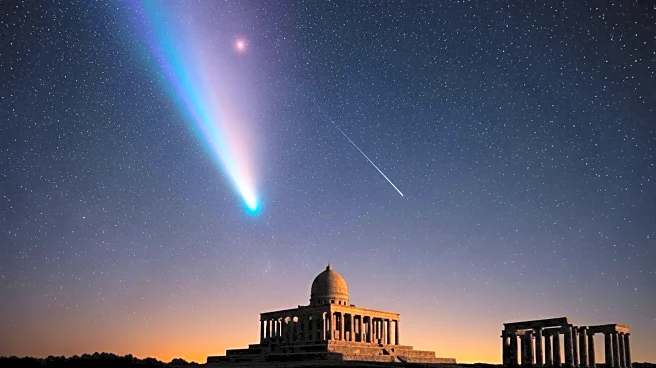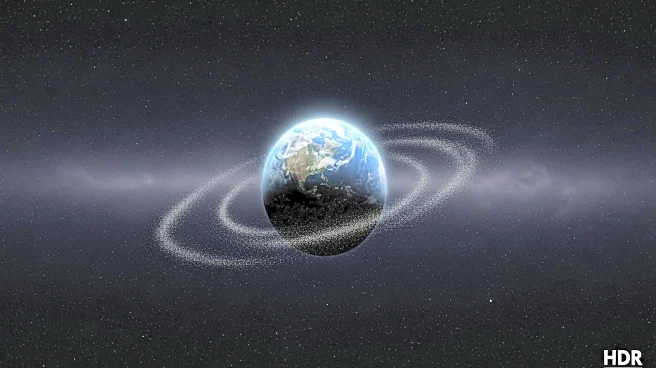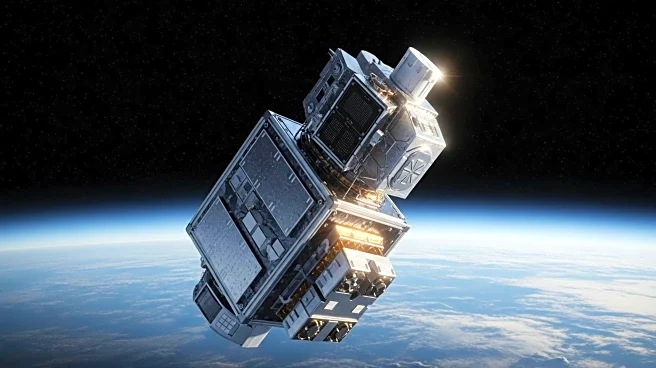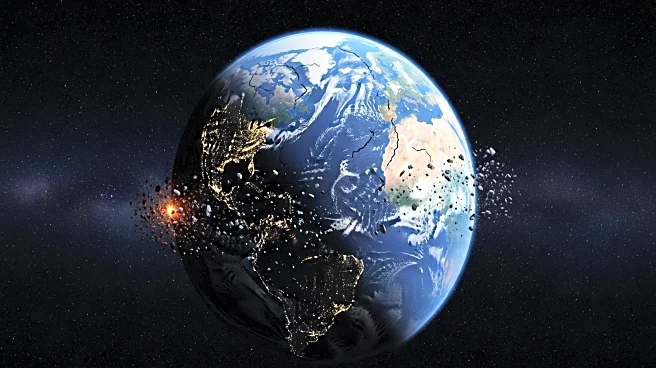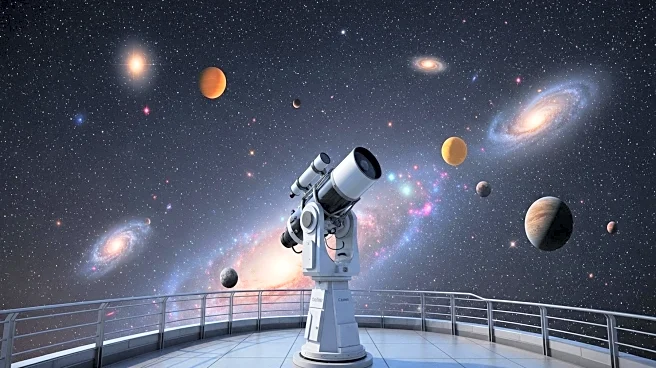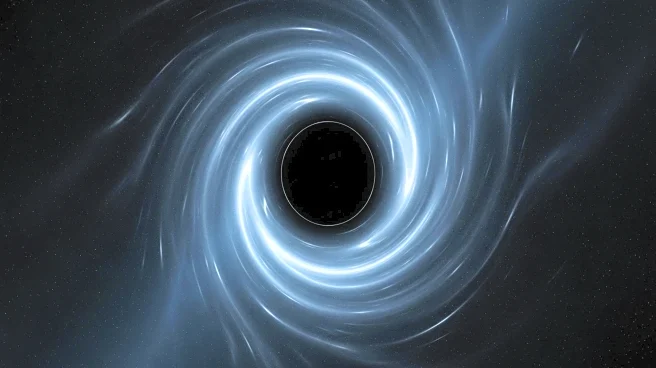What's Happening?
Researchers have found evidence supporting the hypothesis that a fragmented comet airburst may have contributed to the extinction of megafauna and the disappearance of the Clovis culture in North America. Shocked quartz, indicative of extreme pressure and temperature, was discovered at three Clovis culture archaeological sites. This evidence aligns with the Younger Dryas impact hypothesis, suggesting that a comet explosion above Earth caused widespread burning and harsh conditions, leading to an 'impact winter.'
Why It's Important?
The findings provide a potential explanation for the abrupt climate changes and extinctions during the Younger Dryas period. Understanding the impact of cosmic events on Earth's history can inform current climate studies and highlight the vulnerability of ecosystems to sudden environmental changes. This research also contributes to the broader understanding of human and megafaunal interactions during prehistoric times.
Beyond the Headlines
The discovery of shocked quartz without craters suggests that cosmic impacts can occur above Earth's surface, leaving minimal geological evidence. This challenges traditional views on impact events and emphasizes the need for advanced techniques to study such phenomena. The research underscores the importance of interdisciplinary approaches in uncovering historical environmental changes.

